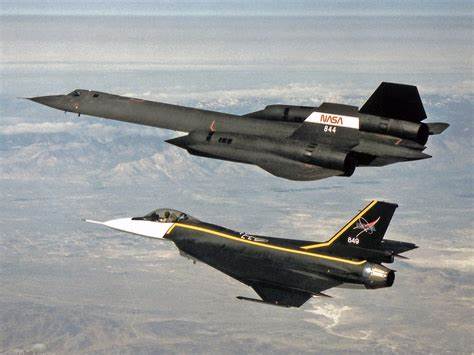
During the Cold War, the Lockheed SR-71 “Blackbird” emerged as a symbol of American innovation and aeronautical excellence.

Its unparalleled Mach 3 speed and high-altitude reconnaissance capabilities ensured that it was untouchable by enemy defenses.
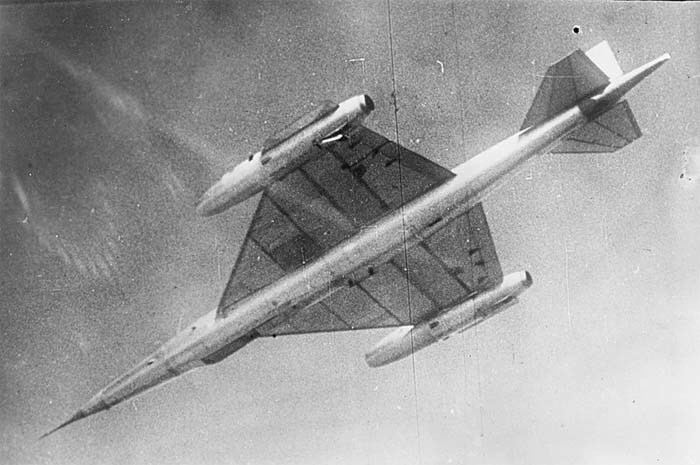
Not to be outdone, the Soviet Union, known for its proclivity to adapt and reverse-engineer foreign designs, embarked on its own quest to build a match for the Blackbird: the Tsybin RSR (Reactivnyi Strategicheskii Razvedchik), a strategic reconnaissance aircraft designed to reach similar breathtaking speeds.

The story of the RSR is not just one of technological ambition, but also of bureaucratic wrangling and shifting defense priorities.

The aircraft’s conception can be traced back to a pivotal figure, Soviet engineer Pavel Tsybin, who, aware of the strategic need for a high-speed, high-altitude bomber and reconnaissance platform, sought to develop an aircraft that could effectively bypass the increasingly sophisticated air defenses of the period.

In a striking parallel, Tsybin’s RSR was to boast a service ceiling of 98,000 feet and a range of 10,000 miles. Its initial vision was for an intercontinental nuclear strike at speeds making it nearly untouchable.
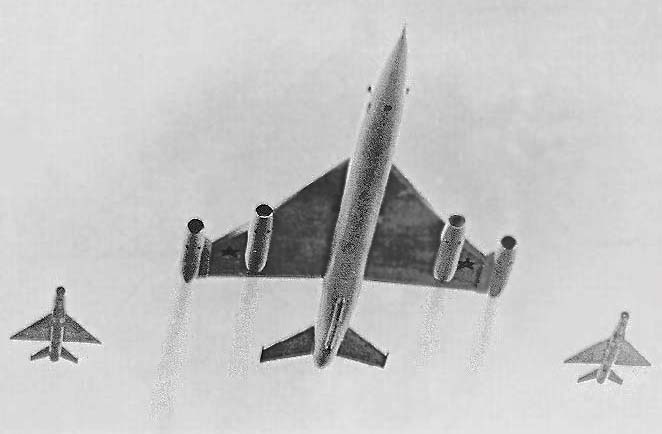
However, reality soon set in; technological and materials challenges led to a redesign of the RSR into a reconnaissance aircraft with a reduced range of 2,500 miles and a cruising speed above Mach 2.

Despite the compromise, the RSR remained an impressive endeavor. The aircraft employed augmented bypass turbojet engines for takeoff, transitioning to ramjets for high-speed cruise – a sophisticated engineering solution for the time.
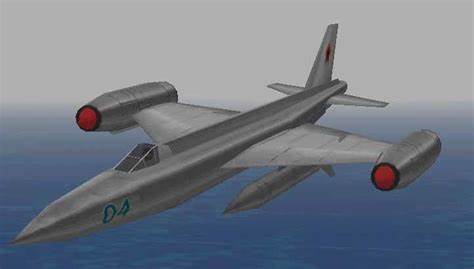
The fuselage and wing structure prioritized lightness to withstand high temperatures and aerodynamic stresses during flight, with some components fashioned from aluminum/beryllium alloy to achieve a design load factor of only 2.5.
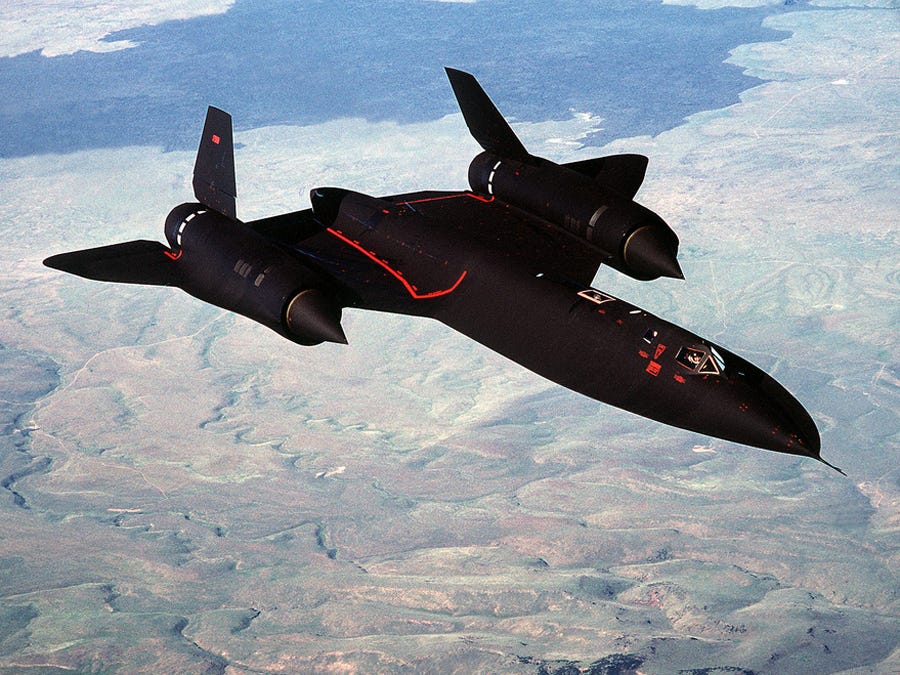
The ingenuity did not stop there. The RSR featured fully powered flight controls, an artificial-feel system, and a suite of electronic countermeasures (ECM) for defense against radar detection.
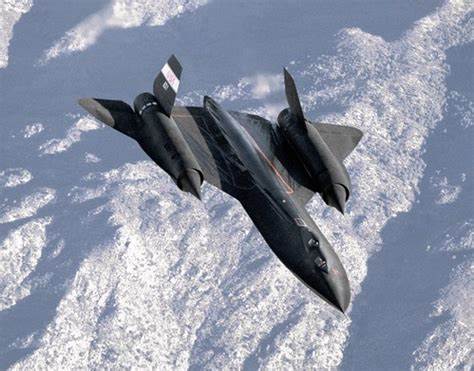
It could even perform a barrel roll at altitudes exceeding 137,000 feet to avoid surface-to-air missiles, displaying agility uncommon for an aircraft of its class.
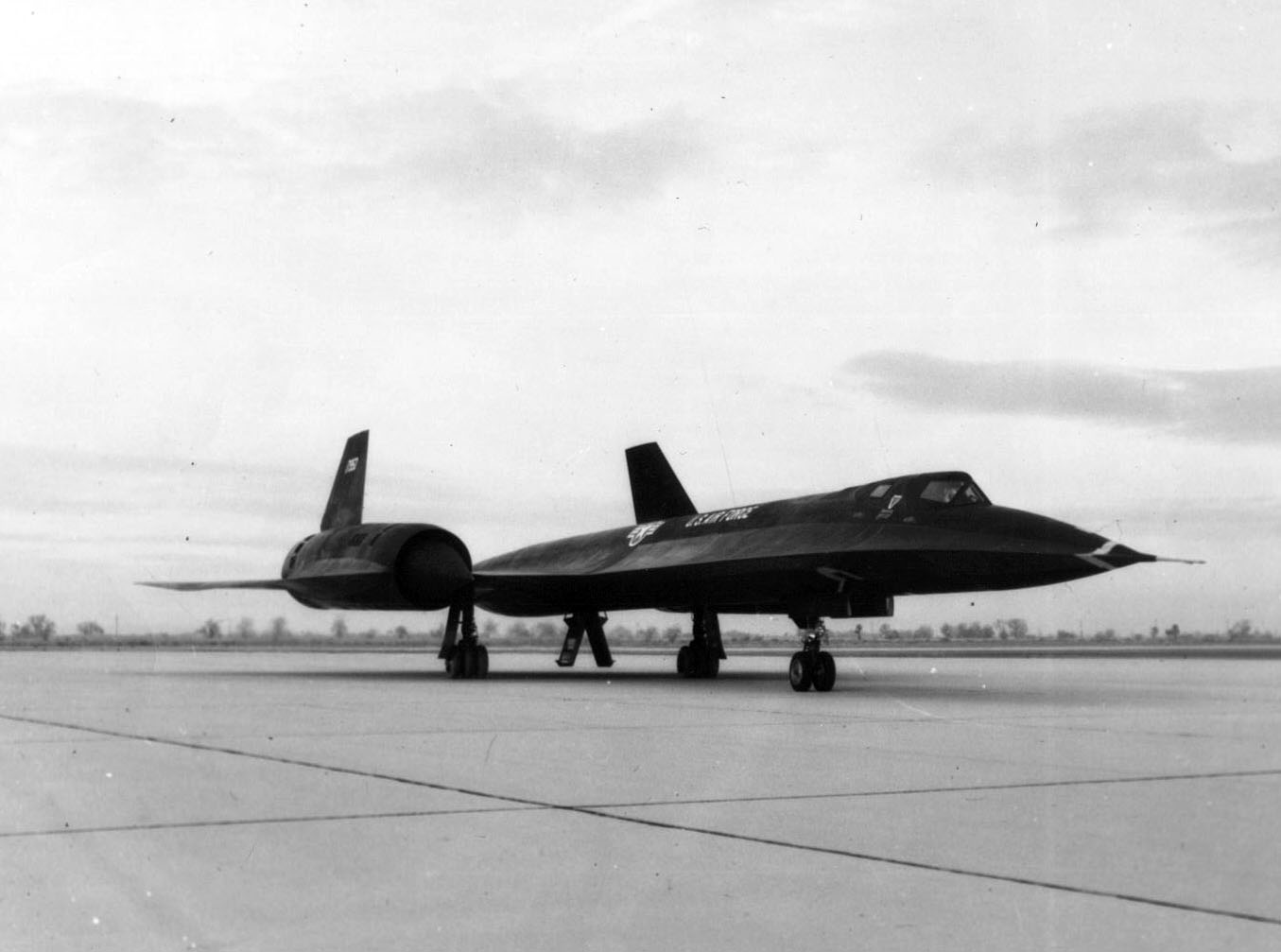
However, as promising as the RSR was, it faced an uphill battle for survival. The program encountered numerous design revisions and delays. By April 1961, Soviet Premier Nikita Khrushchev officially canceled the RSR program, directing resources towards missiles and space efforts, deemed more strategic at the time.
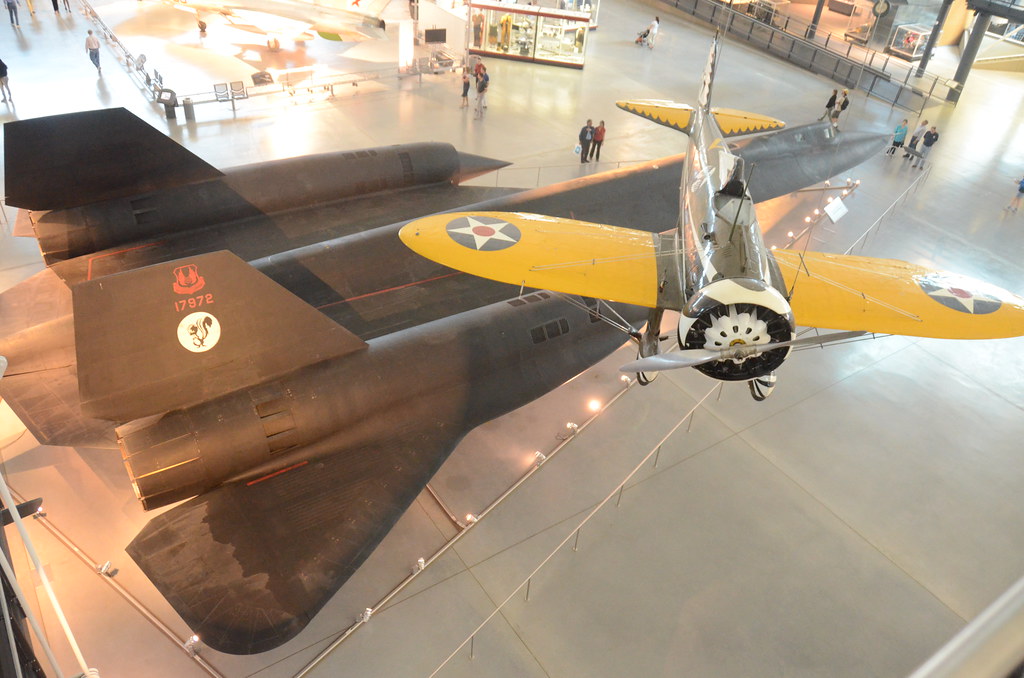
In contrast, the SR-71 went on to become an iconic aircraft, serving the United States for over two decades and fulfilling the roles the RSR was intended to play.
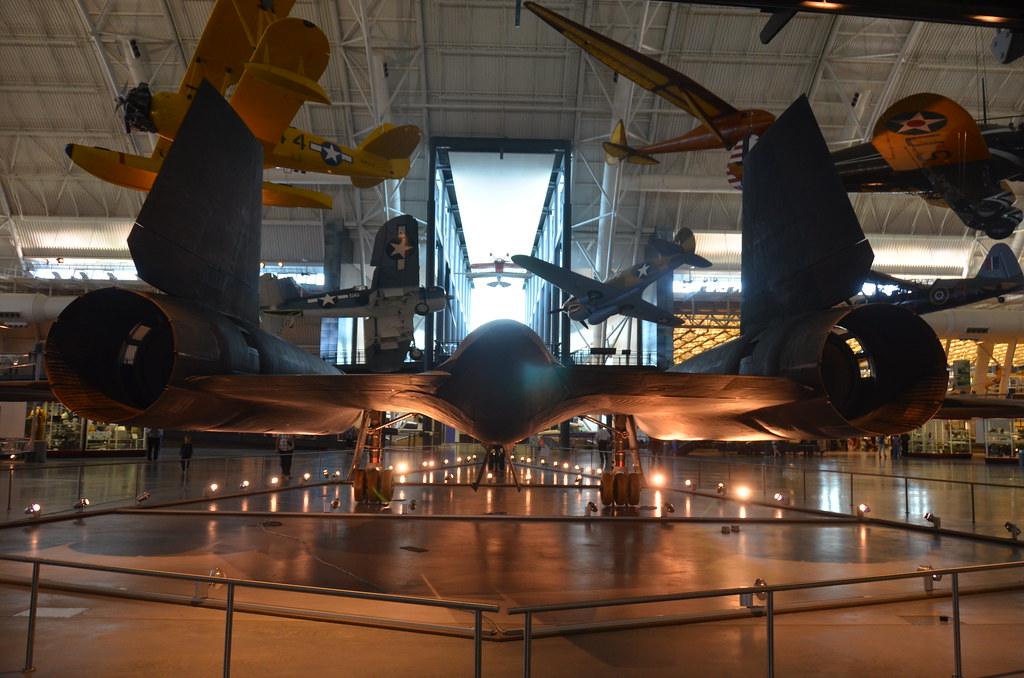
The Blackbird’s successful operational history underlined the ultimate fate of the RSR, a path defined by a series of “what-ifs.”

The tale of the RSR is a poignant chapter in the annals of Cold War aviation, echoing the turbulent interplay between cutting-edge technology and the volatile nature of geopolitical strategy.
Relevant articles:
– RSR: Russia Tried to Build Their Own SR-71 Blackbird, The National Interest, Dec 4, 2023
– Weapons and Warfare, Weapons and Warfare, Aug 15, 2020
– CANCELLED: 10 incredible spy-planes, Hush-Kit, Aug 6, 2019
– NM-1 / 2-RS / RSR (R-020), GlobalSecurity.org, Apr 23, 2018
